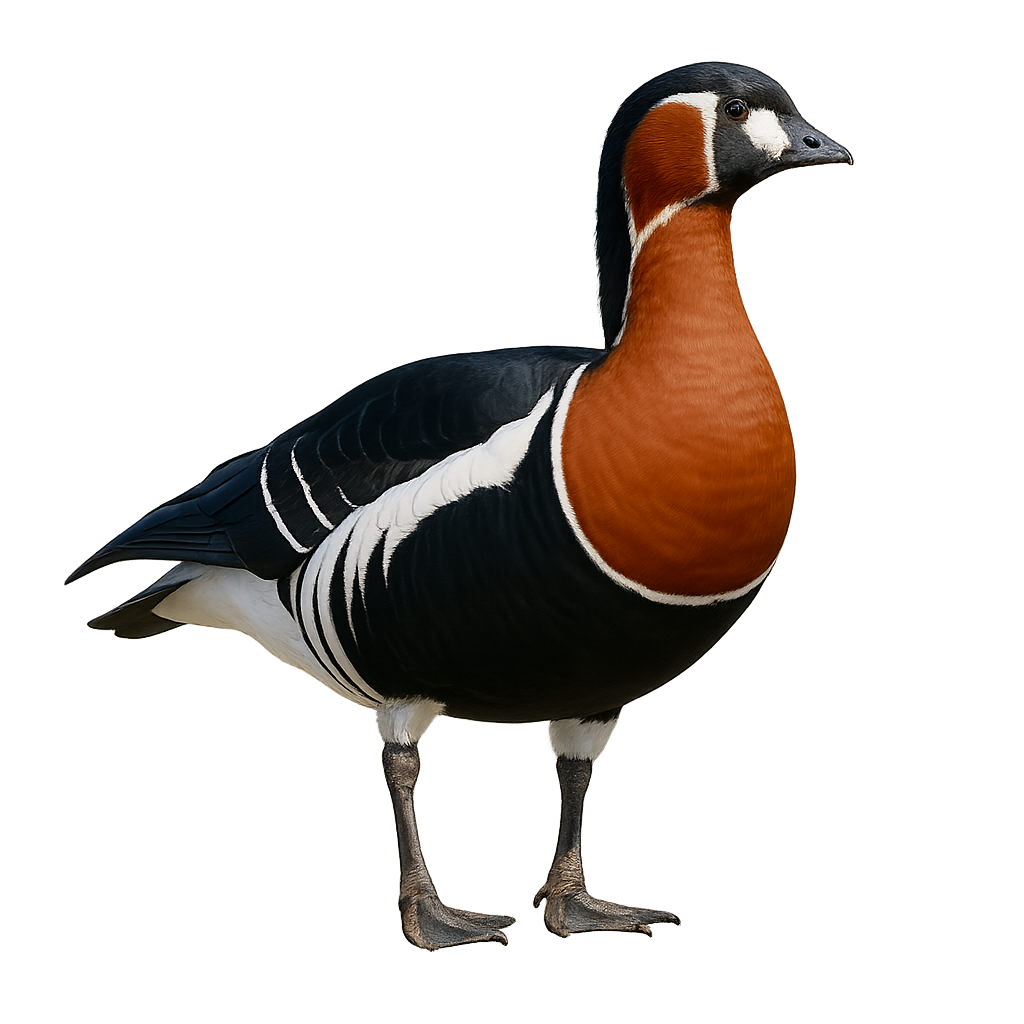Your wildlife photography guide.
Explore the red-breasted goose in detail, study its behavior, prepare your shots.
Where to observe and photograph the red-breasted goose in the wild
Learn where and when to spot the red-breasted goose in the wild, how to identify the species based on distinctive features, and what natural environments it inhabits. The WildlifePhotographer app offers tailored photography tips that reflect the red-breasted goose’s behavior, helping you capture better wildlife images. Explore the full species profile for key information including description, habitat, active periods, and approach techniques.
Red-breasted goose
Scientific name: Branta ruficollis

IUCN Status: Vulnerable
Family: ANATIDAE
Group: Birds
Sensitivity to human approach: Tolerant
Minimum approach distance: 20 m
Courtship display: June to July
Incubation: 24-26 jours
Hatchings: June to August
Habitat:
Arctic coastal tundra and wetlands
Activity period :
Primarily active during the day, with peak activity in the morning and late afternoon.
Identification and description:
The red-breasted goose is a small migratory goose (55–65 cm wingspan) with contrasting black-and-white plumage and a bright russet breast. It breeds in Arctic coastal tundra near waterways and winters in temperate wetlands of Europe and Asia. During the breeding season, males and females actively defend their nesting territory with head-forward displays and harsh calls.
Recommended lens:
300 mm – adjust based on distance, desired framing (portrait or habitat), and approach conditions.
Photography tips:
Photograph the red-breasted goose at sunrise or sunset from a low hide in the tundra using a telephoto lens of ≥300 mm. Use a fast shutter speed to freeze flight and a shallow depth of field to isolate the contrasting plumage. Maintain at least 20 m distance to avoid disturbing the birds.
The WildlifePhotographer App is coming soon!
Be the first to explore the best nature spots, track rutting seasons, log your observations, and observe more wildlife.
Already 1 450 wildlife lovers subscribed worldwide

